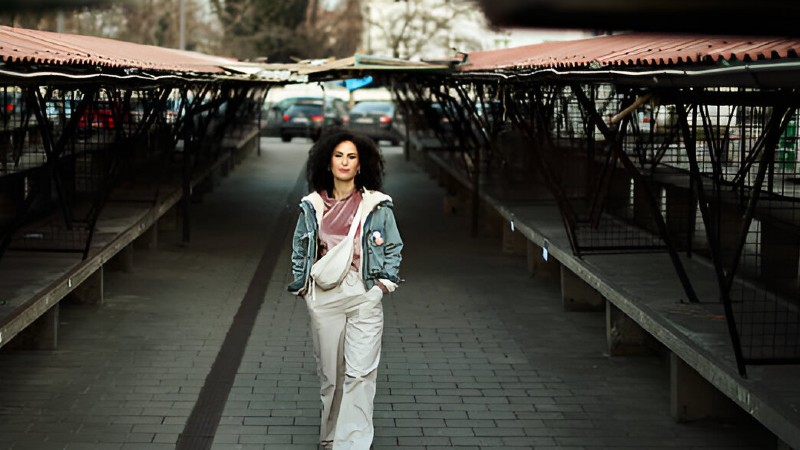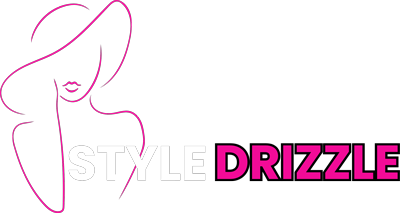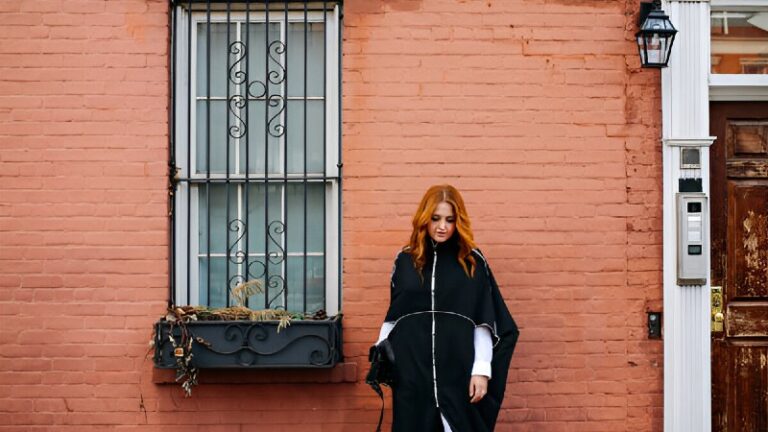New York City, the vibrant epicenter of global culture, pulses with a restless energy that is constantly being reinterpreted through the lens of its people. Nowhere is this dynamic interplay more visible than in its street style. More than just fashion, the evolution of street style in New York tells a compelling story of diverse subcultures colliding, high fashion trickling down, and individual expression finding its voice amidst a relentless urban rhythm.
From Grit and Glamour to Genre-Bending
Historically, street style in New York was often born from necessity and rebellion. In the early to mid-20th century, distinct subcultures like the Beatniks in Greenwich Village, the sharp dressers of Harlem’s jazz scene, and the punk rockers of the Lower East Side each carved out their own sartorial identities. These looks, often characterized by practicality, affordability, and a rejection of mainstream norms, laid the groundwork for the city’s future fashion dynamism.
The late 20th and early 21st centuries witnessed an increasing interplay between high fashion and the streets. Designers drew inspiration from the raw energy of urban life, while trends originating on the sidewalks often found their way onto the runways. Think the rise of hip-hop fashion influencing mainstream designers, or the grunge aesthetic making its mark on high-end collections. This phase of the evolution of street style in New York was marked by a constant push and pull between the established fashion world and the organic creativity bubbling up from the city’s diverse neighborhoods.
The Digital Age and the Hyper-Democratization of Style
The advent of the internet and social media platforms has acted as a powerful catalyst in the evolution of street style in New York. Suddenly, global trends were not just filtered through glossy magazines but instantly accessible to anyone with an internet connection. This led to an even more rapid and fluid assimilation of international styles, often reinterpreted through a distinctly New York lens.
- The Rise of the “Style Influencer”: Individuals with unique personal style gained massive followings online, blurring the lines between everyday fashion and curated online personas. New York became a breeding ground for these influencers, shaping trends from the ground up.
- The Melting Pot Effect: New York’s unparalleled diversity meant that cultural influences from around the globe constantly intersected and manifested in unique sartorial combinations. This created a vibrant and ever-changing landscape of personal expression.
- The Power of Visual Platforms: Platforms like Instagram and TikTok became virtual catwalks, showcasing individual interpretations of style against the backdrop of iconic New York locations. This fostered a culture of constant visual inspiration and imitation.
The Modern New York Street Style

Today, street style in New York is a kaleidoscope of unapologetic individuality. While nods to specific subcultures and high fashion trends persist, there’s a palpable sense of freedom and fearless experimentation. Key characteristics of the contemporary New York street style scene include:
- Comfort Meets High Fashion: The rise of athleisure and a general embrace of comfort have led to high-end sneakers paired with tailored pieces, and a more relaxed approach to dressing overall.
- Sustainability and Vintage Revival: A growing awareness of environmental concerns has fueled a thriving vintage scene, with unique and pre-loved garments becoming coveted statement pieces.
- Bold Statements and Eclectic Mixes: New Yorkers are known for their willingness to take risks, resulting in bold color combinations, unexpected pattern clashes, and a fearless mixing of high and low fashion.
- The Power of Accessories: From iconic designer bags to unique vintage finds and statement jewelry, accessories play a crucial role in defining individual style narratives.
- Genre-Bending Aesthetics: Traditional fashion categories are increasingly blurred, with streetwear elements finding their way into high fashion looks and vice versa.
| Decade | Dominant Street Style Influence | Key Looks |
| Pre-1960s | Distinct subcultures (Beatniks, jazz aficionados, etc.), practicality | Turtlenecks, berets, zoot suits, simple dresses, leather jackets |
| 1970s-1980s | Punk rock, hip-hop emergence, early designer influence | Torn clothing, safety pins, tracksuits, oversized silhouettes, bold logos |
| 1990s-2000s | Grunge, hip-hop takes mainstream, rise of fast fashion | Flannel shirts, ripped jeans, baggy pants, sneakers, logo-heavy pieces |
| 2010s-Present | Social media boom, high-low dressing, sustainability awareness | Athleisure, vintage finds, bold individual statements, genre-bending combinations |
The Future of New York’s Street Style
The evolution of street style in New York is an ongoing reflection of its dynamic and diverse population. As the city continues to be a global hub for culture, art, and technology, its street style will undoubtedly continue to evolve in exciting and unpredictable ways. We can anticipate an even greater emphasis on sustainability, a further blurring of fashion boundaries, and an even more amplified celebration of individual expression in the face of constant change.
Ultimately, the street style of New York is a powerful visual narrative of its relentless energy – a city that constantly reinvents itself, one unique outfit at a time. It’s a living, breathing runway where the stories of its millions of inhabitants are painted daily in a vibrant tapestry of individual choices and collective trends.
Frequently Asked Questions (FAQs)
What is the evolution of street style in New York?
It’s the story of how fashion on the streets of NYC has changed over time, influenced by subcultures, high fashion, and global trends.
What were some early influences on New York street style?
Subcultures like Beatniks, jazz enthusiasts, and punk rockers played a significant role in shaping early NYC street fashion.
How did the digital age impact street style in New York?
The internet and social media accelerated the spread of trends and empowered individuals to become style influencers.
What characterizes modern street style in New York?
It’s marked by individuality, comfort, a mix of high and low fashion, and a growing interest in vintage and sustainable choices.
How has high fashion interacted with New York street style?
There’s been a constant exchange, with designers drawing inspiration from the streets and street trends influencing high fashion.
Why is New York City considered a major hub for street style?
Its diverse population, cultural energy, and historical significance have made it a breeding ground for unique and influential fashion trends.
What can we expect from the future of New York street style?
Continued evolution with a focus on individuality, sustainability, and the blurring of traditional fashion boundaries.


